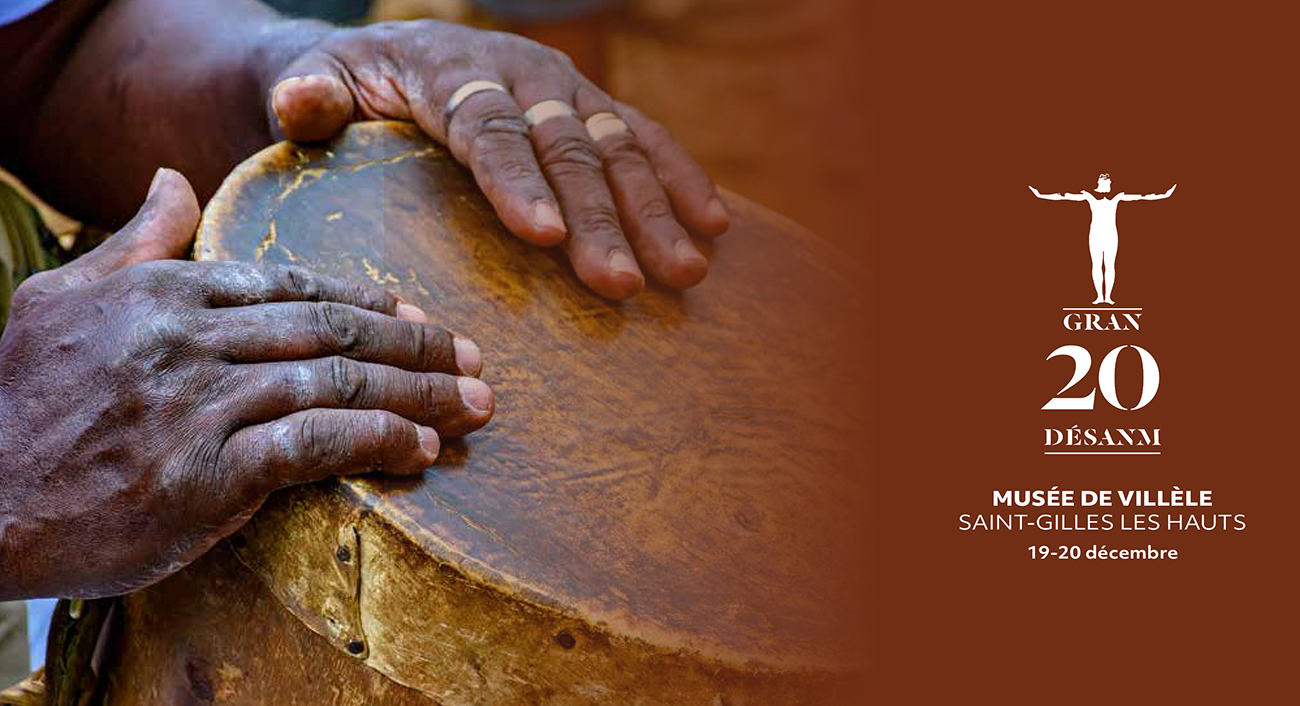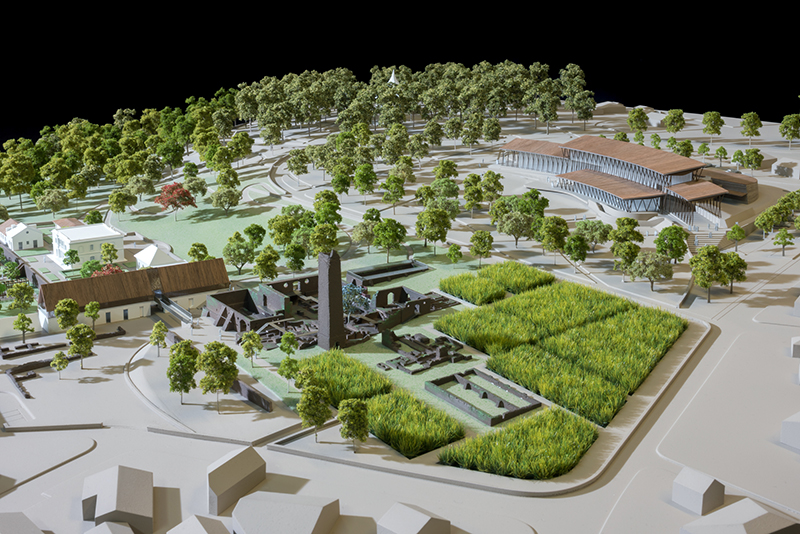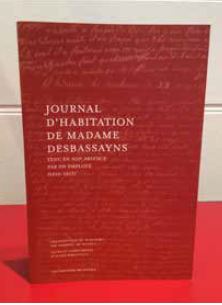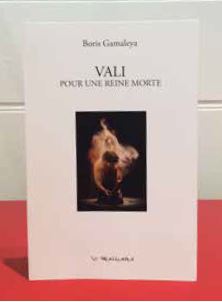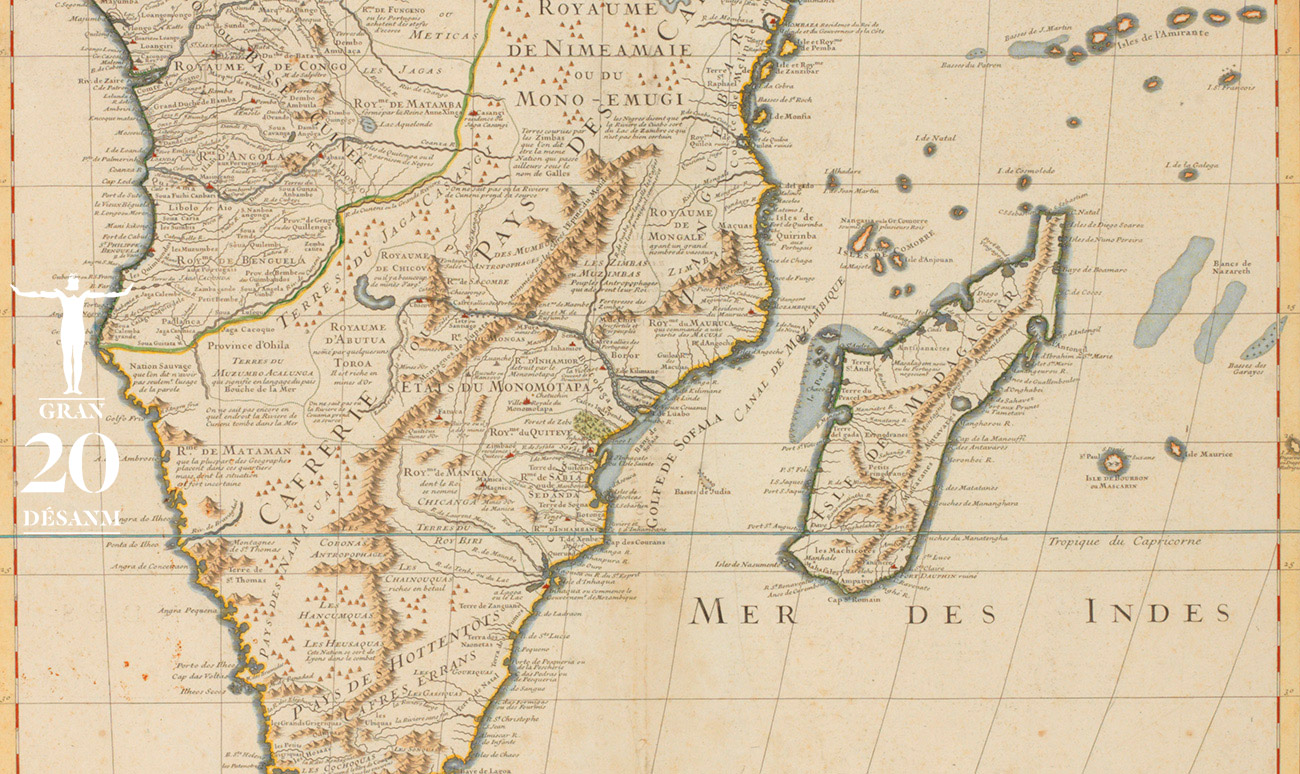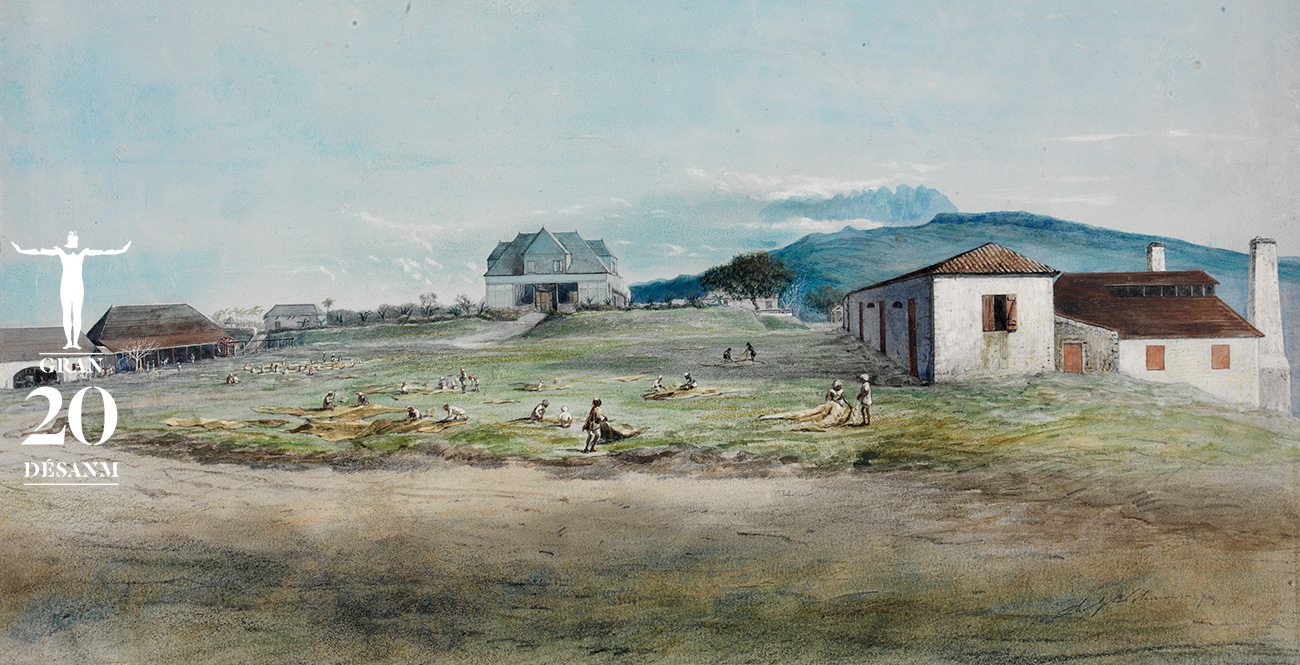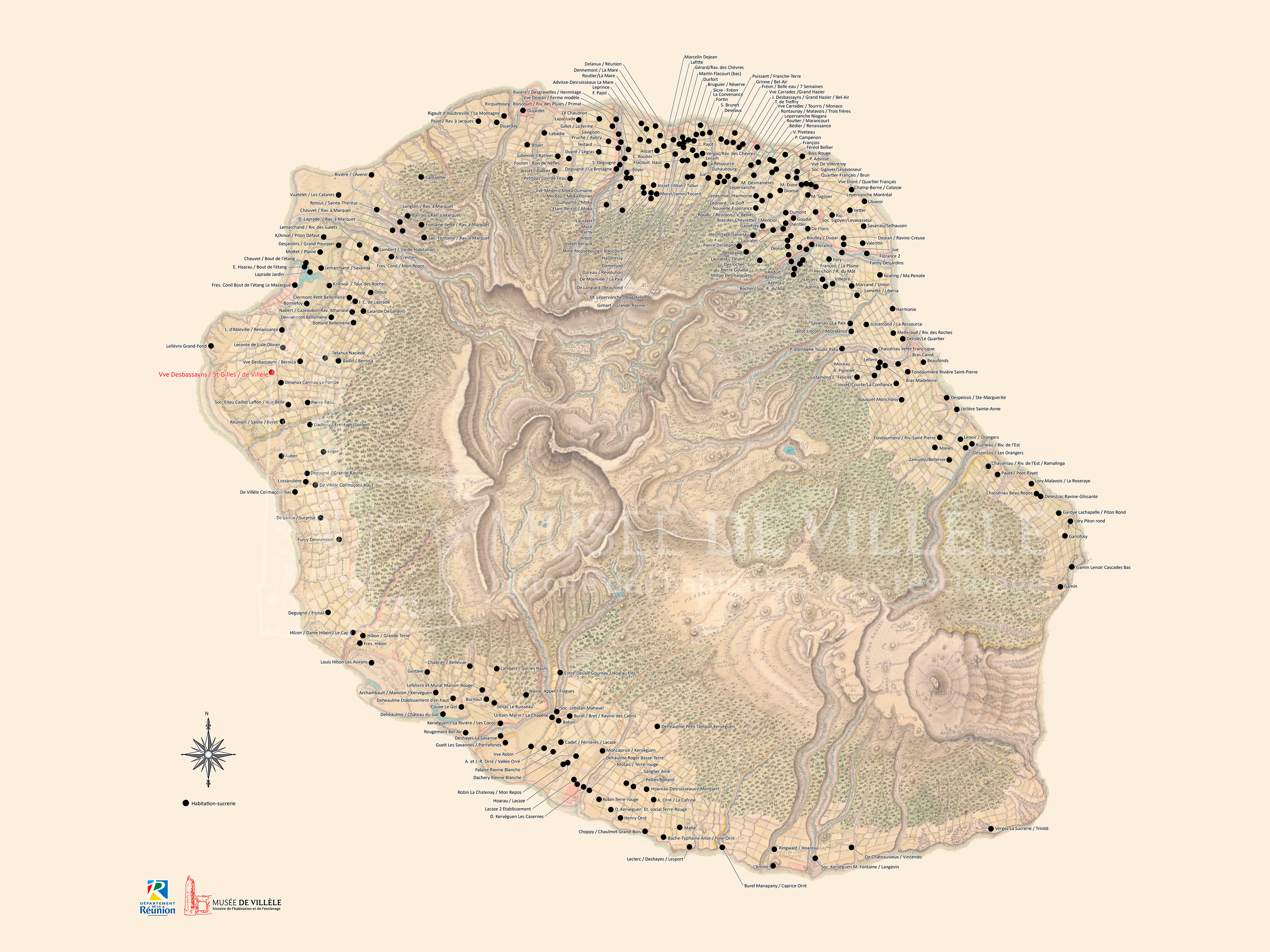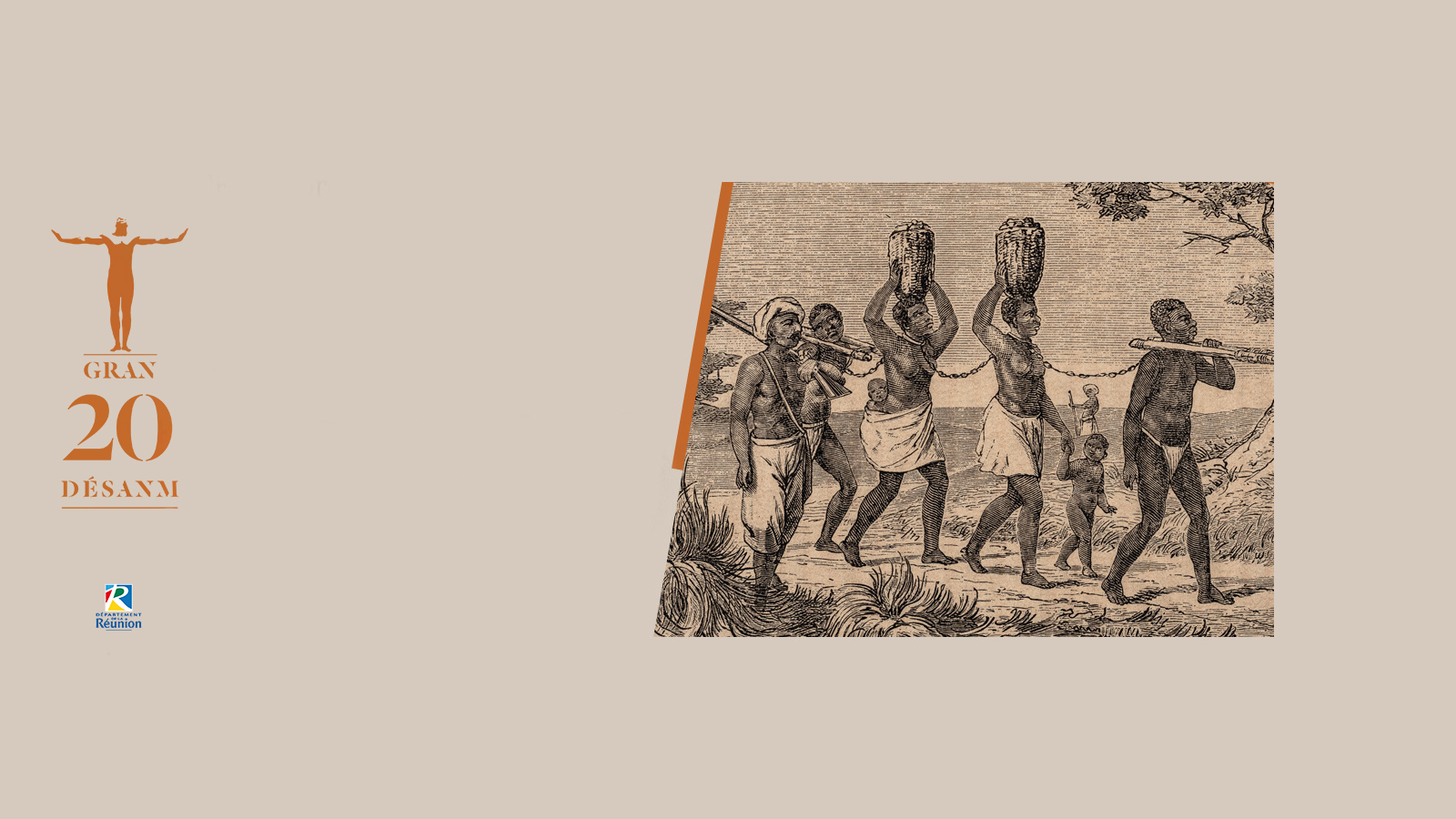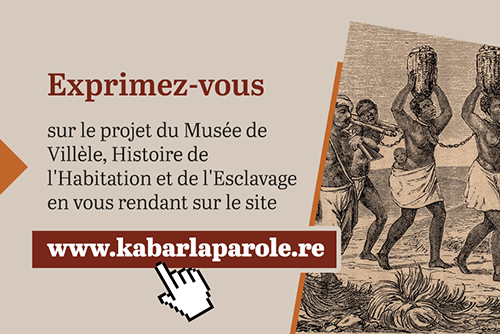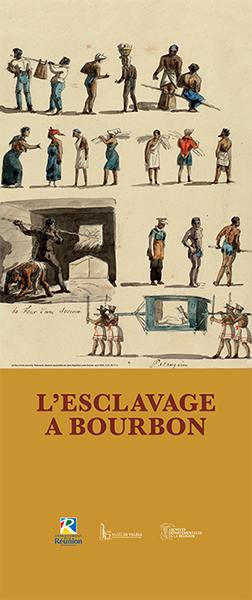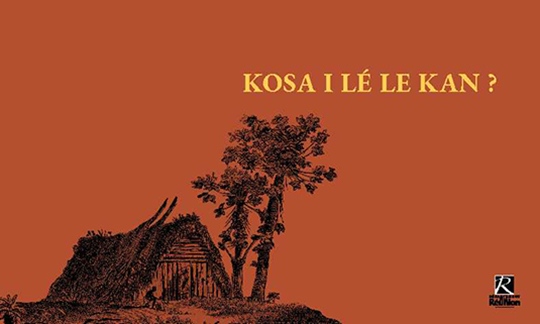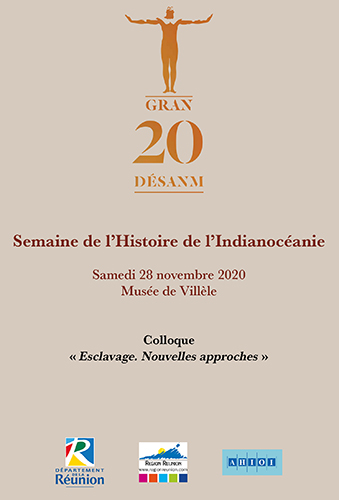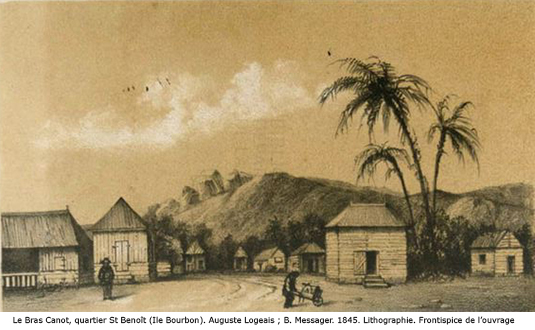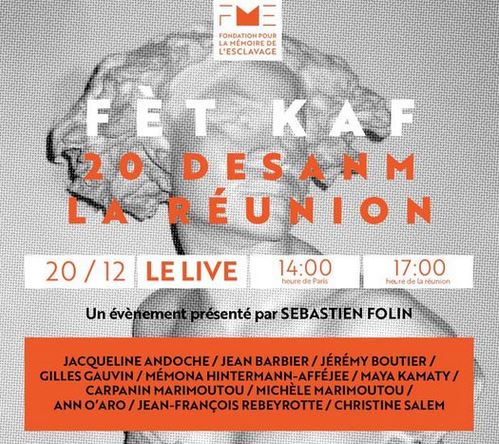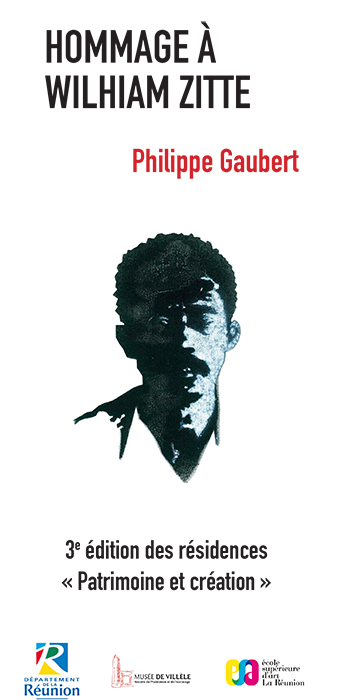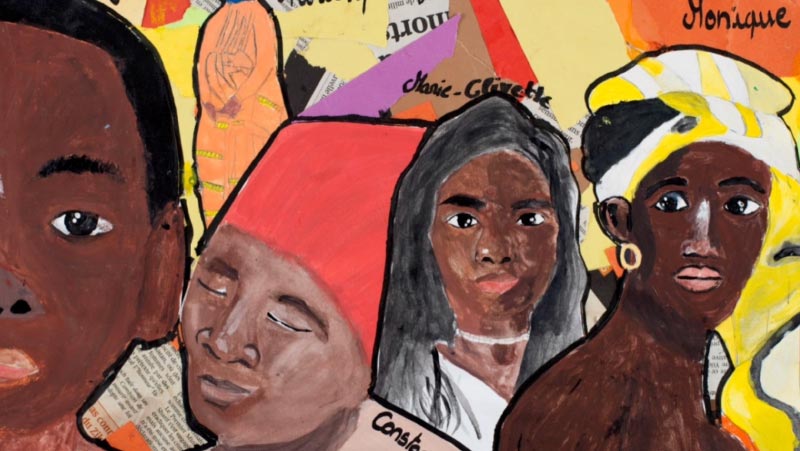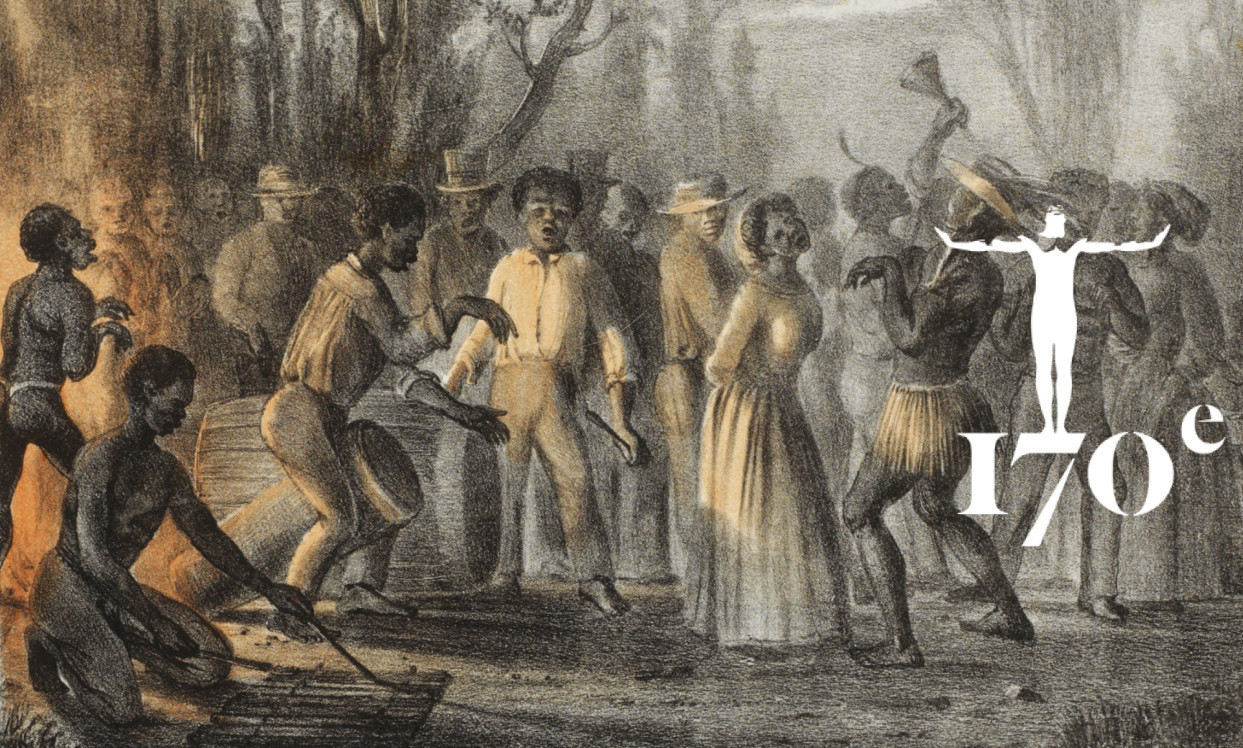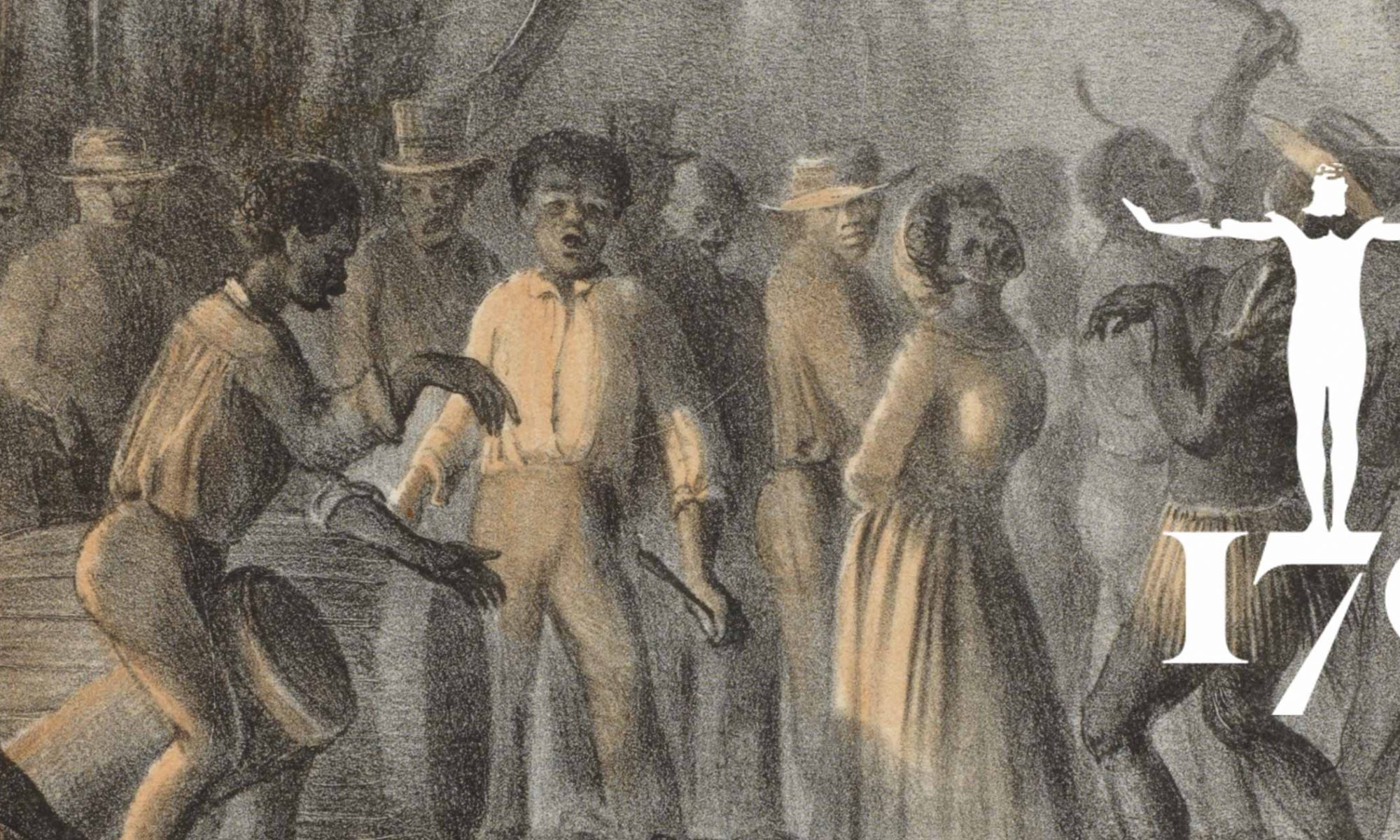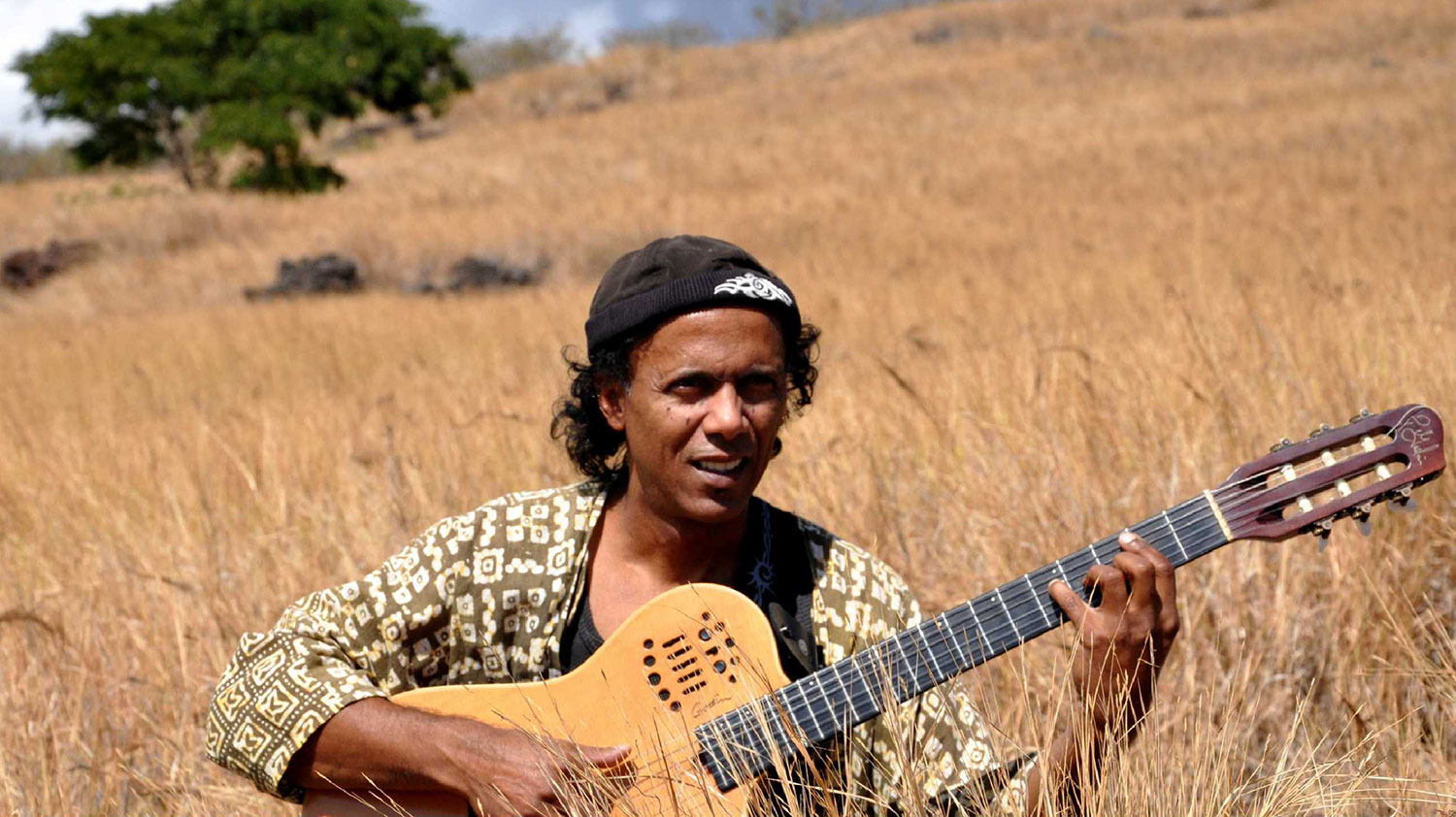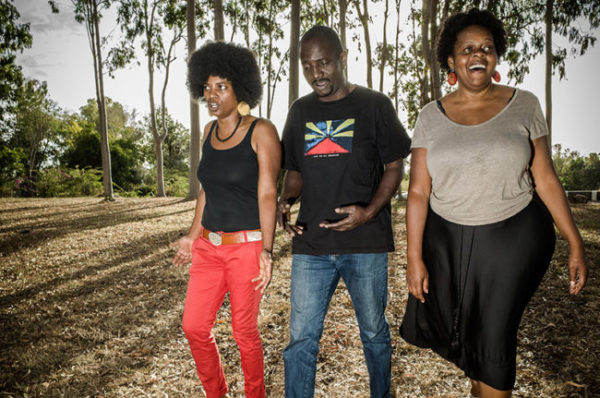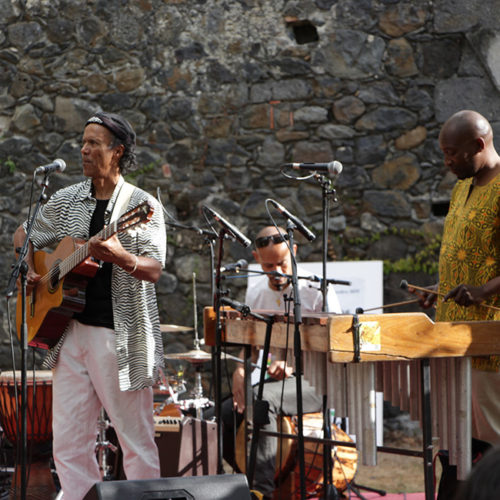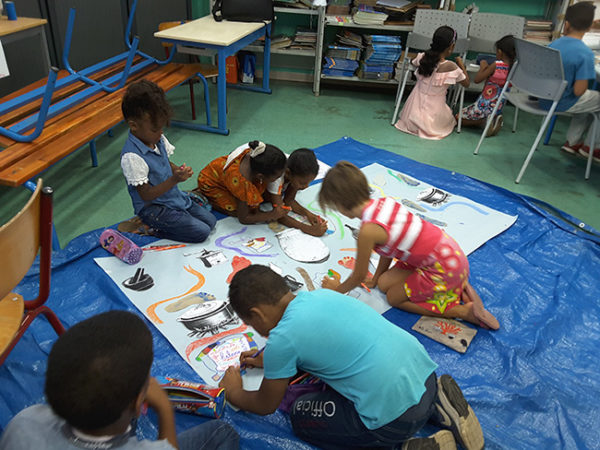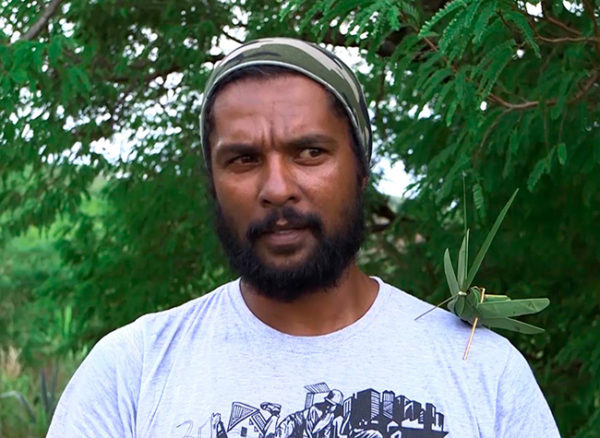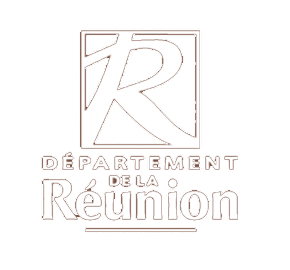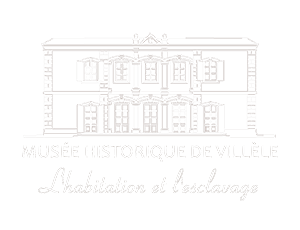Like every year since 2018, on the very site of our historical museum. Like every year, the celebration will be solemn, cultural, festive and popular.
With the permanent features (the slave-camp, concerts in the chapel, onstage performances etc.), as well as new ones (showcased percussions, South Africa-Reunion mapping etc.), the 2021 program, offering a whole range of musicians, associations, historians etc., is an invitation to step back in time and plunge into the memory of slavery in Reunion, notably through the island’s artistic, cultural and culinary traditions.
In addition, since the event was born thanks to the departmental project of setting up Reunion’s only cultural establishment focused on the world of the estate and the history of slavery, each year, the Great 20th December celebration is an opportunity for the Departmental Council to present the next stage of this major project.
On the first floor of the former mansion, which is to house the project, will be presented a new version of the outline sketch selected by the competition jury in 2020, as well as the model of the future museum.
The public will then be able to discover the content being prepared, with the ongoing creation of the Atlas of Reunion and of Slavery, the new version of the Reunion Slavery portal, now translated into Portuguese, the latest objects in the collection purchased by various cultural establishments and an artistic residency around the Maloya that has been opened.
Prefiguring what will become a centre of history, memory and culture, we are continuing our long-term work of setting up partnerships of various kinds, on the local, national and international levels.
In the meantime, time for festivities, time to celebrate freedom, time for the Great 20th December celebration for the whole of Reunion.
Cyrille Melchior,
President of the Departmental Council of Reunion Island
On the programme of the event
A MUSEUM FOR TOMORROW
UN MIZÉ POU TANTO, POU TALÈR, POU DOMIN
On the first floor of the former mansion will be displayed and made accessible to the public different aspects of the museum project. These are in the process of being set up, are being constantly added to and all of them reflect the choices made in the context of this Departmental Council project.
‘Un mizé pou tanto, pou talèr, pou domin’
Model of the museum project
After the presentation of the outline sketch selected by the jury in 2019, the model will be presented during this Great 20th December celebration. An evolving concept, it will give greater depth to dissemination of information to the general public.
‘Nou fé lo plan, nou prépar nout zarlor’
Within the perspective of the richest possible presentation of the history of slavery in the future museum, the Departmental Council is giving a new impetus to its policy of enriching the related collections.
In 2021 will be presented the latest acquisitions: historical books, coins and also a token coin of the Stella Matutina museum (Regional Council), as well as percussions from the Saranghi museum.
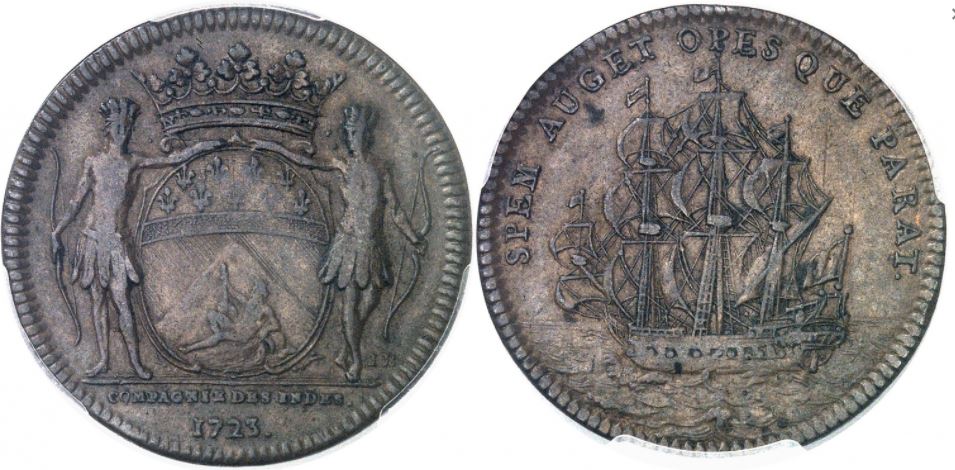
Coll. Villèle Museum
EXHIBITION OF THE WORK
‘Peuple infini’ (Infinite People)
Over a period of three and a half centuries, history has brought to our island groups of people from Europe, Africa, Madagascar, Asia and other Indian Ocean islands, all bringing with them deeply rooted and ancient traditions.
Contemporary Reunionese society still aims at being a place of welcome and of encounters between millennial civilisations, associated within a single destined community.
The fruit of an artistic residency organised by the Indian Ocean historical image library, the work of interpretation carried out by the artist Lionel Lauret is based on historical portraits and images illustrating the settlement of Reunion island.
The Ico‑nomad emphasises the rich and diverse iconographic historical sources of settlement on Reunion, against a rhythmic background of music created by Rodolphe Legras and Doc Legs.
This immersive display plunges the visitor into History through images, animated thanks to the use of contemporary animation processes.
![]() Projected en several movable screens
Projected en several movable screens
EXHIBTION
‘Tambour battant’ (Beating drum) by Jack Beng-Thi
La Réunion tambour battant
‘The eruptions of the Piton de la Fournaise extend the territory with their flowing, then hardening, lava.
The Indian Ocean erodes the lava that with its continuous rhythmic beat. The sea pummels the coral reef and the cliffs, smoothing them out, again and again, the sand and pebbles banging together.
The cyclones hollow out the mountain slopes, rain lashes at the roofs of the houses, drumming on the tin sheets, at times hardly a patter then the downpour surrounds humans with its mass of water: it’s the dull throbbing of a huge drum;’
‘Some of the musicians playing Maloya : Granmoun Lélé, Granmoun Bébé, famille Baba, le Rwa Kaf ,Firmin Viry, famille Gado, famille Ramouche, les Batis kabaré, Mamo, Simon Lagarrigue, Nathalie Natiembé, Françoise Gimbert, Alain Péters,
Christine Salem, Danyèl Waro, Ann O’Aro, and all the others, in their yard, in their house.’
‘The persistent roll of the drums beats out their stubborn rhythms.’
Extract of the artist’s presentation text
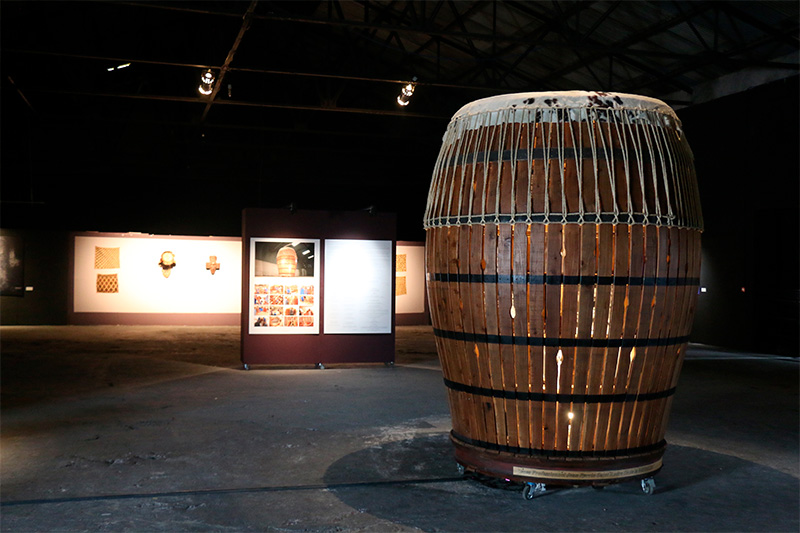
MAPPING ON THE FAÇADE OF THE MUSEUM
Reunion – South Africa
A five-minute presentation will be screened on one of the façades of the former mansion, inspired by a mingling of images and messages extracted from historical documents from Reunion and South Africa.
A work created by Frédéric Brun-Picard.
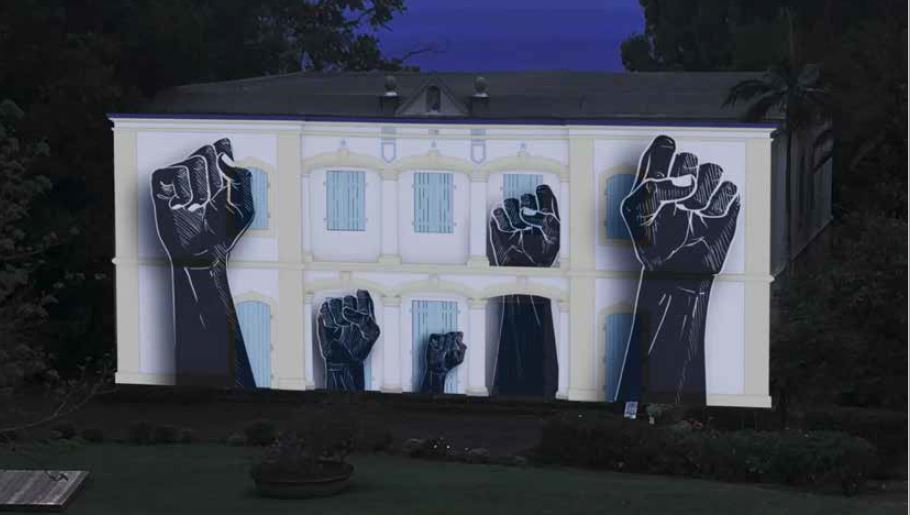
THE SHOP
Focus on the novelties!
Journal d’habitation de Madame Desbassayns – tenu en son absence par un employé : 1815‑1817 (Diary of the estate of Madame Desbassayns, recorded in her absence by one of her employees: 1815-1817)/ transcription of the manuscript by Christel de Villèle; notes and additional documents by Alexis Miranville. Published by Les éditions de Villèle, 2021
Work distributed by the associations Cercle des Muséophiles (Association of Museum-lovers) and Kan Villèle.
Vali pour une reine morte / Boris Gamaleya. – Les éditions Wallada, 2021.
SLAVERY DAY DURING HISTORY WEEK
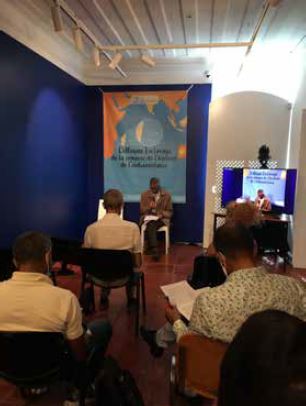
27TH NOVEMBER
Organisation: AHIOI: Indian Ocean International Historical Association
President: Prosper ÈVE
Topic: ‘Slavery’
Venue: Villèle Museum
● Presence of contributors – opens of the public – with external speakers
● Retransmission on the History and Memory of Slavery portal
An intellectual event
